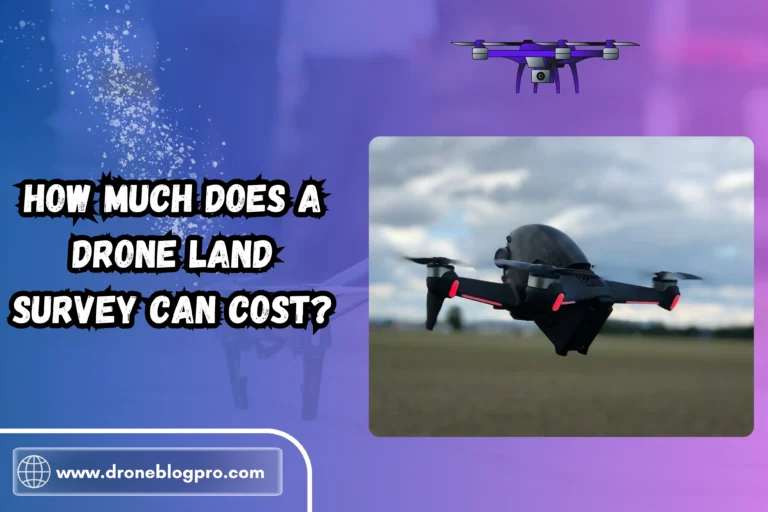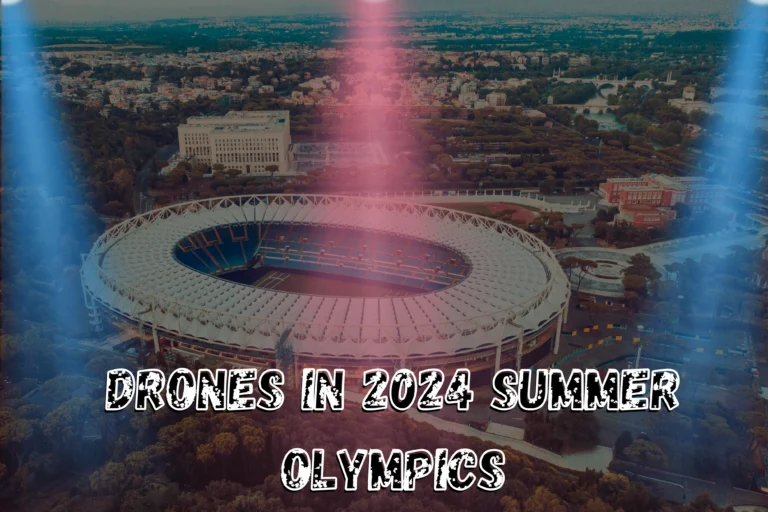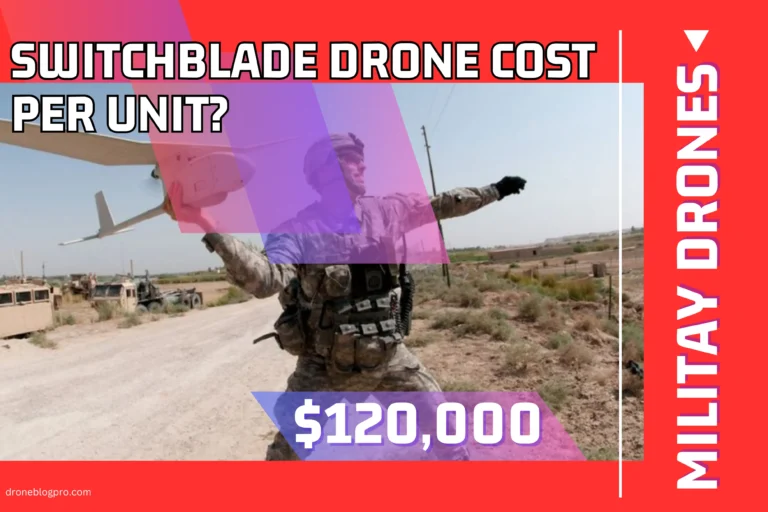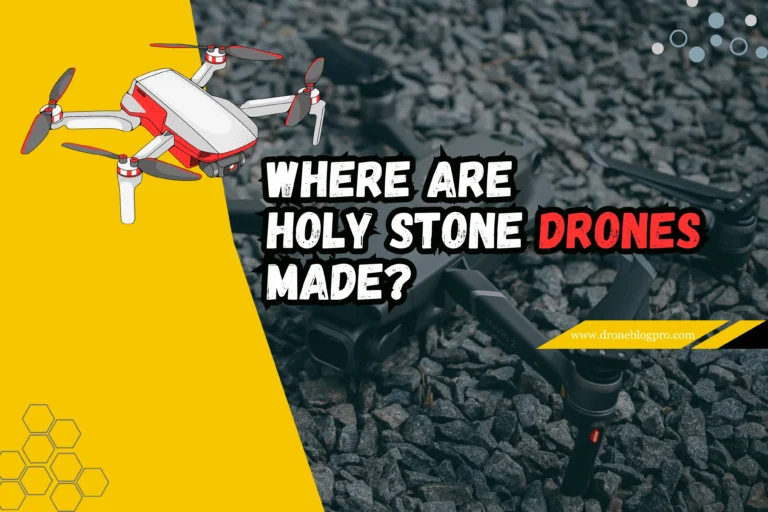What programming language should we use to program drones? Your choice of programming language will depend on what you intend to program. It is one thing to program a drone and quite another thing to program a drone to perform specific tasks. Each would require its own programming language to be done properly. Building a drone involves interfacing sensors and actuators with some kind of processor to make the drone fly stably. But, to make an application all needed is a readily available drone and a computer where algorithms can be implemented.
See Also | What Is Level 5 Wind Resistance for Drones? [Latest Guide-2024]
Here’s a simplified breakdown to help clarify the information:
| Programming Level | Recommended Language | Details |
|---|---|---|
| Low-Level (Firmware) | C/C++ | Involves coordinating hardware/firmware components of the drone. – Requires precise control over hardware operations. |
| High-Level (Applications) | Python | Treats drone as a complete unit, issuing commands for tasks like autonomous flight, waypoint navigation, object tracking, etc. – Utilizes APIs for ease of programming. |
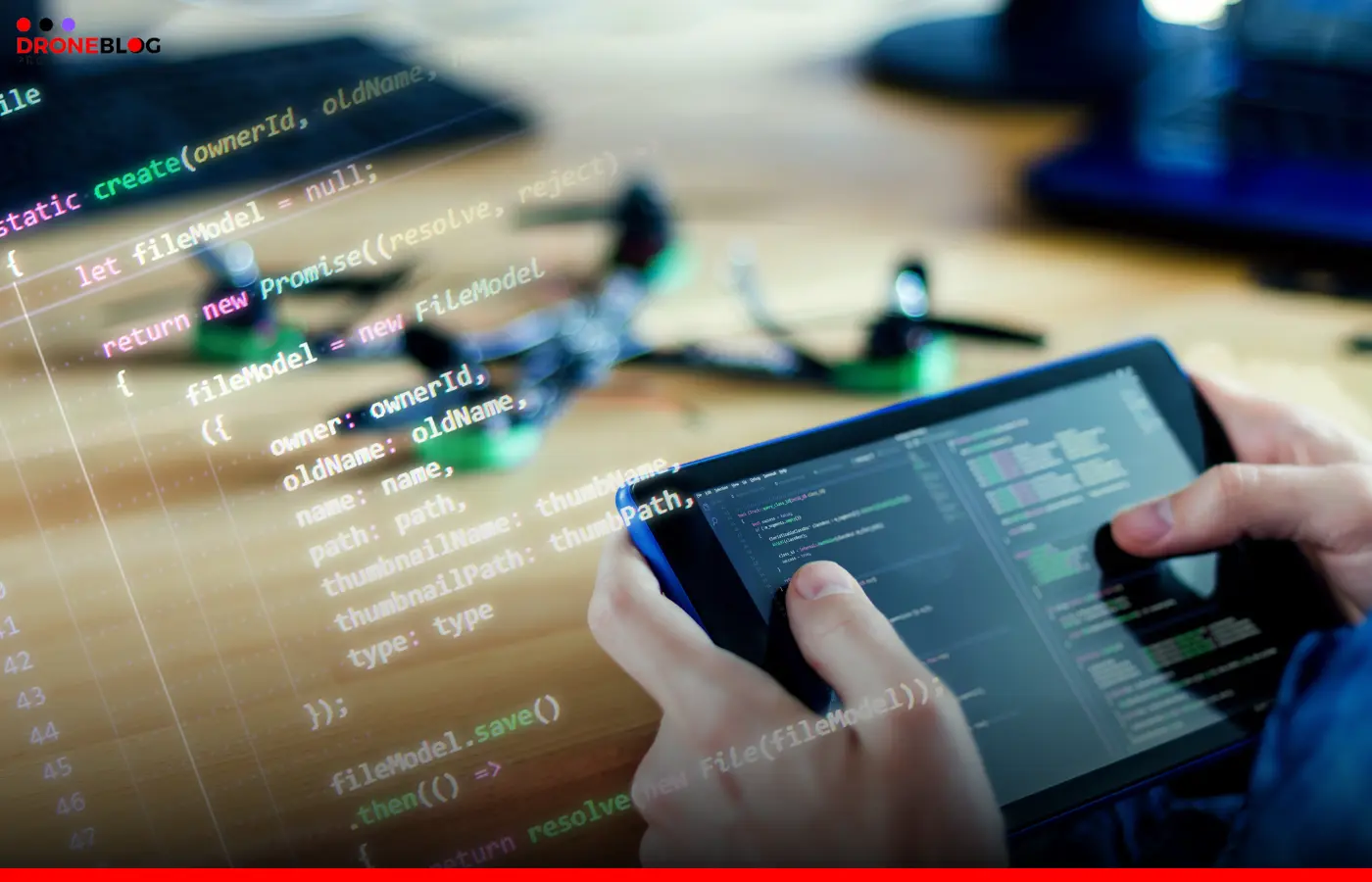
What is the Role of C++ in Drone Technology?
For nearly all robotics work in academia, and most robotics work in industry, the standard language is C++. This is due to ROS, the most popular robotics framework used, being mostly written in C/C++, and having the most support (both natively and with community plugins) with C++.
C++ offers a lot of advantages in robotics. To begin, due to it being relatively low level (not assembly low level, mind you, but low level), you have a lot of control over what your program does, and it does so very quickly. Additionally, OOP allows the scaling of systems for large-scale robots, or whole systems of multiple robots, which is why C (my preferred language) isn’t used as much as C++.
Moving on to ROS: The reason ROS is so popular in robotics is the sheer amount of functionality that comes with it. Instead of dealing with sockets or piping for interprocess communication, you can use the ROS message-passing protocol instead. If you want a library to calculate joint angles in a multi-DOF arm, you can use the TF library provided by ROS. If you want to simulate your robot in a basic visualizer or full physics simulation, you can use either Rviz or Gazebo (guess what? They both come packaged with ROS). All of this can be done with C++ easily (and a bit of XML).
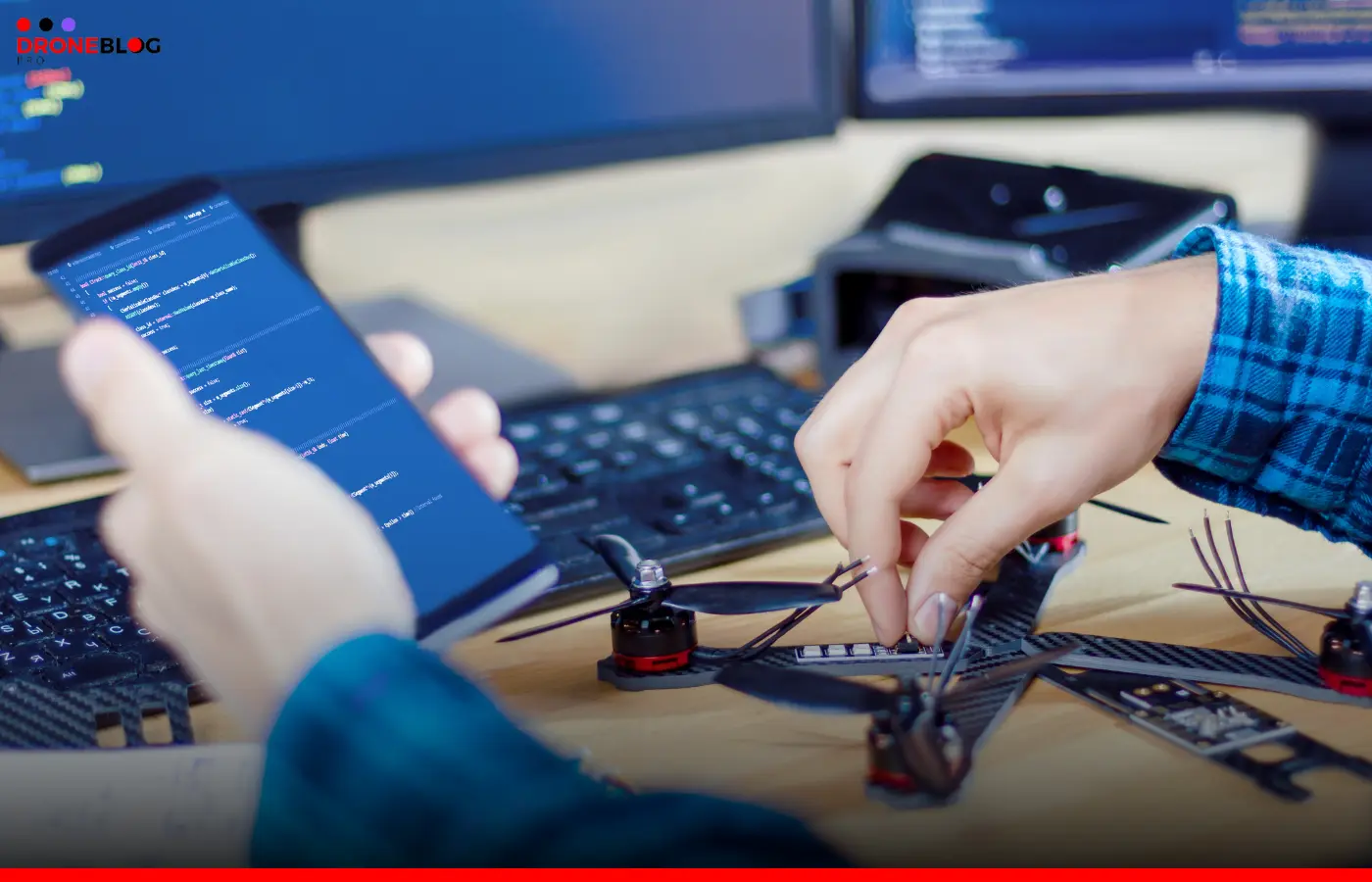
What programming language should we use to program drones? Now for the sake of hobbyists, I’ll pretend ROS doesn’t exist. C++ is still the winner here, as the most common beginner and hobbyist tool for robotics is the Arduino. The language used for Arduino is their own custom language, based very strongly on (you guessed it) C++. The same is true for Raspberry Pis, where GPIO control is very easily done with their C++ libraries to do so. So obviously, C++ is the champion of the robotics industry.
How can I Learn Drone Programming?
Before you start, you must have to know the basics of:
- Software
- Hardware
- Programming language (at least one, C++ or Python )
I’ll suggest you, buy Raspberry Pi, and try to understand how it works, and how to deploy our own code, and logic.
Now you are ready to learn about drones, but my opinion is to understand 2, or 3 projects. That can be easily cloned from GitHub.
Now, borrowing the Drone kit and you are good to go.
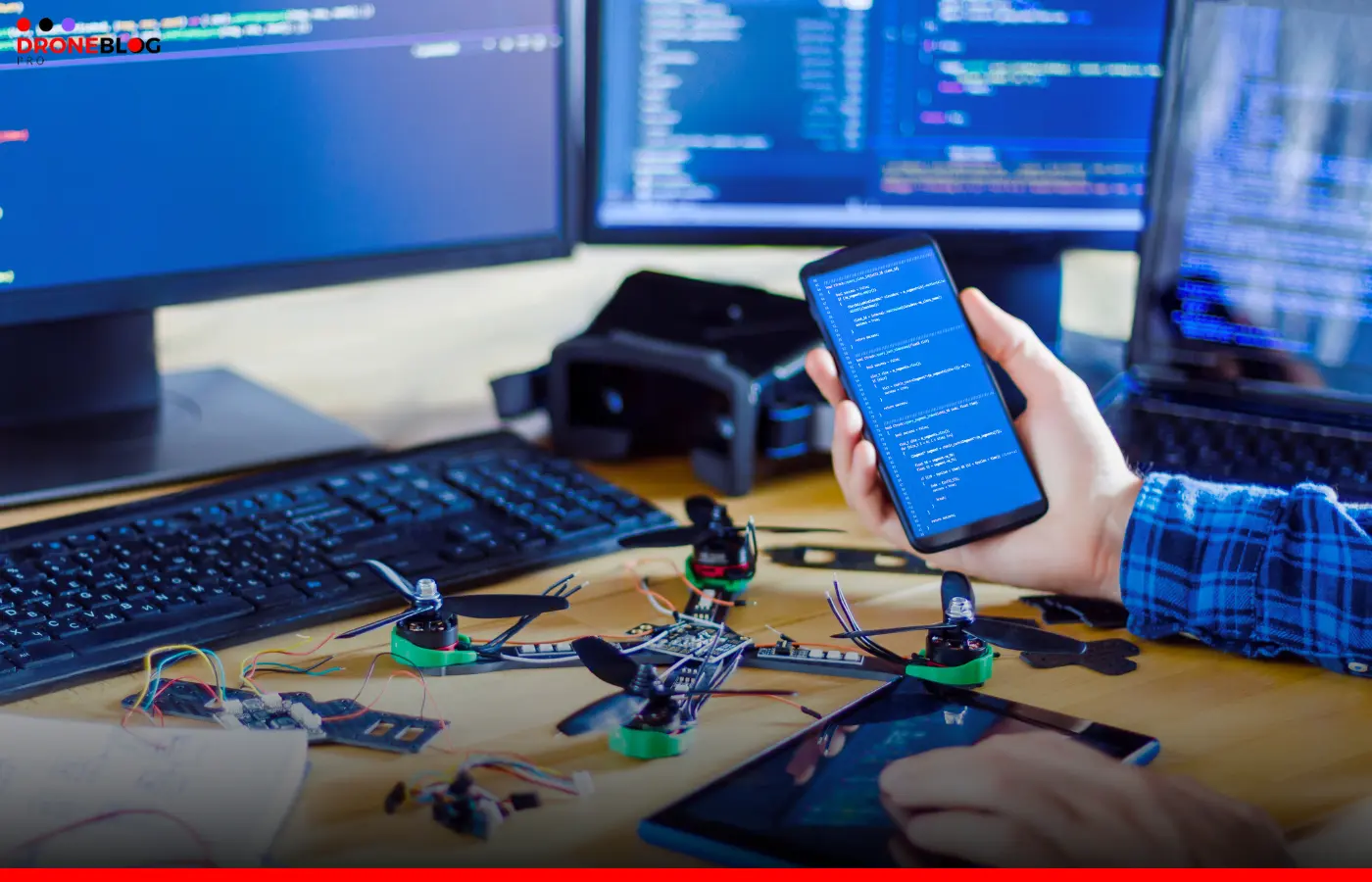
What programming language should we use to program drones? In summary, Mastering drone programming requires a solid understanding of the basics, hands-on experience with coding, and continuous learning of advanced concepts. By following the steps outlined in this guide, beginners can build a strong foundation in drone programming and work towards developing innovative drone applications.
Where should I start if I want to master C/C++ Programming to Program my own Drone?
C/C++ programming lays the foundation for mastering the art of drone programming. Let’s delve into the basics, its significance, and how to set up your development environment.
You will have to cover the following steps:
- Know about C/C++ Programming
- C/C++ are popular choices for drone programming, They allow for precise control over the drone’s behavior.
- set up a C/C++ development environment by installing compilers like GCC, IDEs like Visual Studio Code, and libraries for drone programming.
NOW! Start the venture:
Take your C/C++ skills to the next level by understanding drone hardware and software, implementing control algorithms, and testing/debugging your drone programs.
- Understanding Drone Hardware and SoftwareGet familiar with the components of drones such as sensors, actuators, flight controllers, and onboard computers to design programs that interact with them.
- Implementing Control AlgorithmsUtilize your C/C++ skills to implement control algorithms like PID (Proportional-Integral-Derivative) to stabilize drones in flight and perform desired maneuvers.
- Testing and Debugging Drone ProgramsThoroughly test your drone programs in simulation environments and real-life scenarios, debugging errors and optimizing performance for safe and efficient drone operation.
See Also | DJI Mini 3 Pro Best Camera Settings [Top 15 FAQs for Mini 3 Settings]
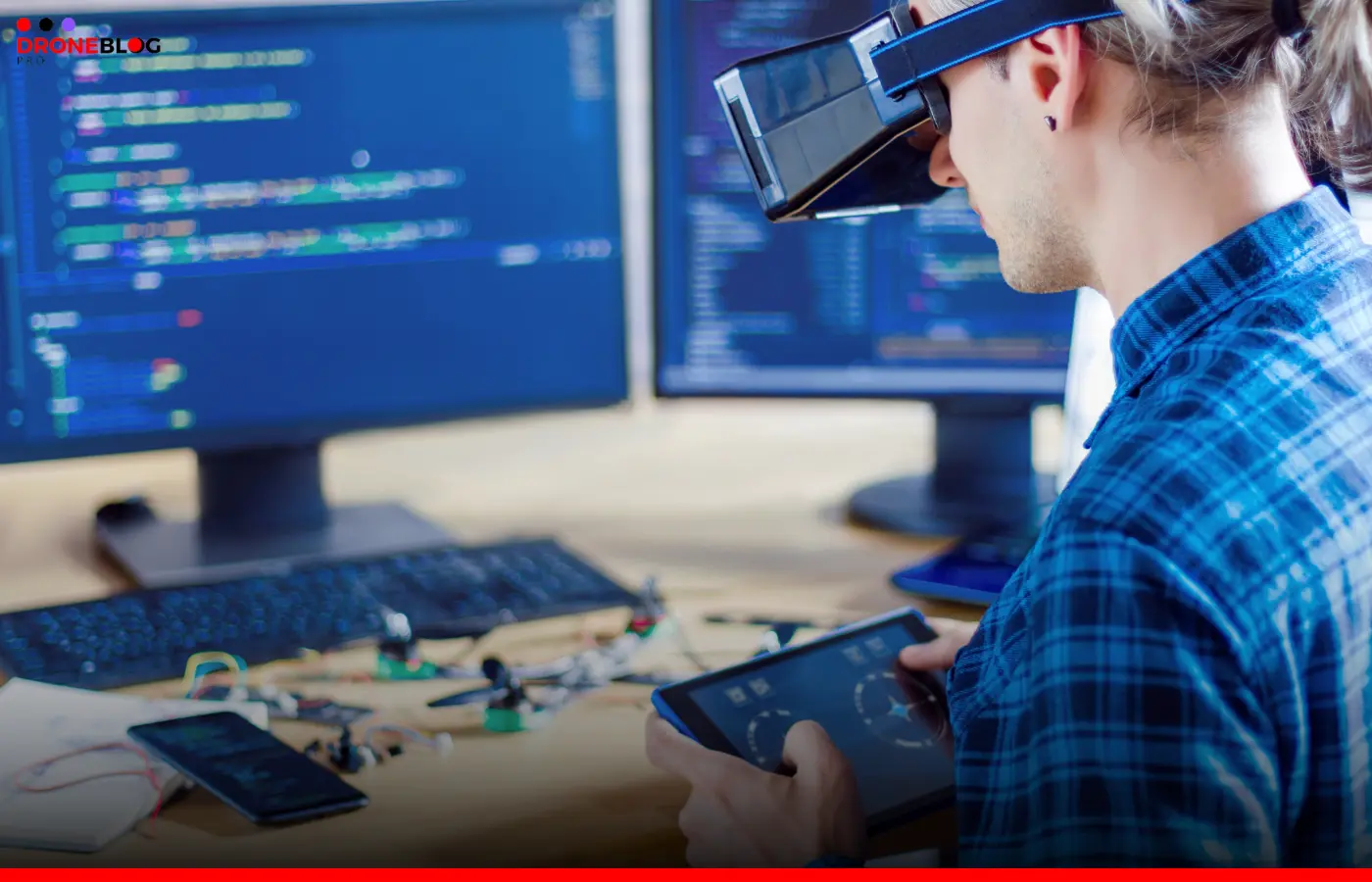
How much time does it take to learn C++?
Nearly all of the basic mechanics of C work exactly the same way in C++. But many of the idioms (e.g. string handling) are instantly obsolete because C++ has very different ways of doing such things. Any C++ programmer whose program was filled with strcpy, strcat, etc would be thought of as thoroughly inept (unless there was a VERY good reason, which occasionally there is).
Meanwhile, C++ also has a LOT of additional features, which require a LOT of time to learn to use effectively.
Although one often sees “C/C++” as if they were nearly the same thing, they’re really not – they’re better thought of as two completely different languages that just happen to look similar.
But, If you know C, but don’t already know OOP it takes about two full-time work years to acquire a journeyman’s knowledge of C++. This is enough knowledge that your code looks reasonable and you are not constantly at your colleague’s desk asking questions about the syntax and error messages. This is how long a whole team of bright C developers took to take up C++ under my supervision in the mid-1990s before C++ got really complicated. This was writing C++ code every day for a complex embedded system.
What programming language should we use to program drones? I know some people say they mastered C++ in six months or six weeks. I simply do not believe their claims. I mentored 10 successful C developers, working full time, and it took them two years. It took me two years.
See Also | Are Drones Allowed In International Flights? Latest Guide-January 2024
What Programming Language Should We Use to Program Drones?
Popular choices for drone programming include Python, C++, and Java, each offering their own advantages for controlling drones.
Several programming languages can be used to code for drones, depending on the specific drone and its capabilities. Some popular languages for drone programming include Python, C++, Java, and MATLAB. Additionally, some drone manufacturers provide their own proprietary programming languages or APIs for programming their drones.
Your choice of programming language will depend on what you intend to program. It is one thing to program a drone and quite another thing to program a drone to perform specific tasks. Each would require its own programming language to be done properly.
Low-Level Programming
On the one hand, you have what is known as low-level programming that deals with coordinating the drone hardware or firmware.
Firmware describes the layer of the drone where there is direct communication between the components or hardware of that make up the drone and which control its basic functionalities and operations.
At this level, you have the most fundamental operations like measurement readings of the inertial measurement unit (IMU) that help determine the amount of power that should be conveyed to the drone motors to keep it stable and level in the air.
You have other fundamental operations at this level like continuously gauging battery levels and triggering an alarm when the voltage reading drops below a programmed threshold.
You also have the reading of incoming bytes from a radio receiver and outlining how these incoming bytes should be interpreted and parsed.
These are just a few examples that describe operations at the level of firmware.
If the drone were a human body, the firmware would describe the various body organs and how these organs coordinate with each other to ensure life and proper basic functioning with the environment.
If your desire to code for drones pertains to this fundamental level then the programming language you need to get familiar with are C and C++.
These are not the easiest languages to gain mastery of, and in order to use them for coding drones at the level of firmware, then you really have to know what you are doing.
However, once you get the hang of them, C and C++ can quickly become fun and engaging.
Choosing the right programming language to code for drones at this basic level also depends on the sort of hardware that is used to build the drone.
For instance, a favorable language choice would be Arduino if Arduino-based remote controls are part of the unmanned aerial system. In this case, using a compatible language will ease communication between the microcontroller and all other flight sensors so that the controller is able to process sensor readings, emit signals to the actuators, and, by so doing, keep the drone stable in the air.
Take note that Arduino is not a programming language per se, but rather a kernel or group of C/C++ functions and commands that can be invoked or called through arduino sketch.
What programming language should we use to program drones? Needless to say, if you plan on programming firmware, it is always better to be involved from the very beginning when the drone is being assembled from scratch.
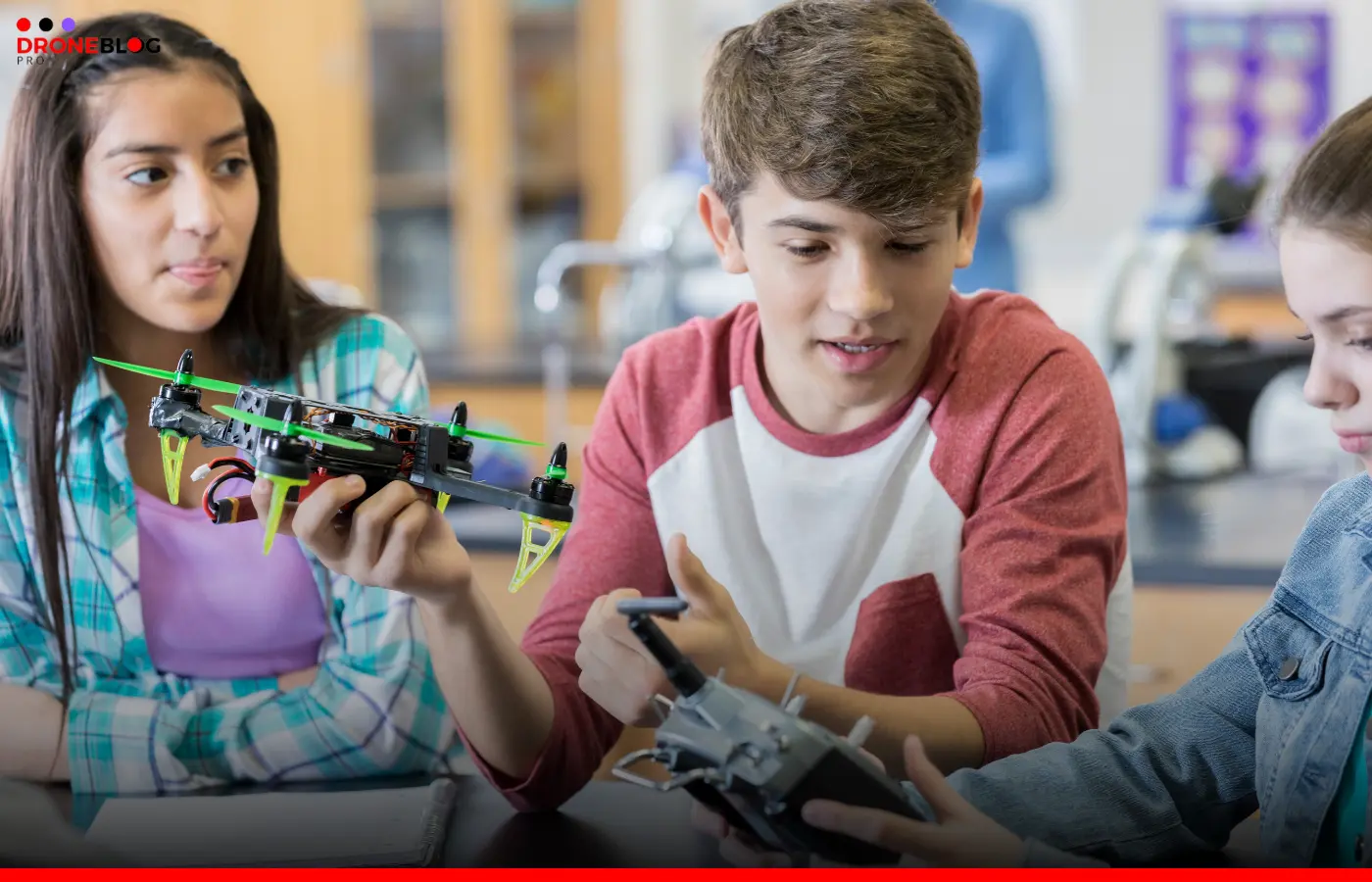
High-Level Programming or Applications
This corresponds to the second layer of programming and consists of the high-level workings of the drone. At this level, you can view and treat the drone as a complete, integrated unit, or a whole. The device unmanned aerial device becomes something of an API that stands ready to execute whatever commands you issue to it.
Operations at this level constitute some of the strongest factors driving the popularity of drones around the world today. These include things like programming your drone to autonomously take off and drive from one pre-programmed GPS waypoint to another; telling your drone to take flight and maintain a particular height above ground, telling your drone to follow you or an object, ordering your drone to fly in any direction at 7m/s, and so on.
The fun thing about this level of programming is that you as the developer need not concern yourself with how the commands get executed underneath at the level of firmware.
The firmware has already been programmed to perform the high-level requests that come from drone applications. This makes high-level programming very accessible, and highly sought after as drones and their capabilities break into many industries like entertainment, search & rescue, deliveries, photography, videography, and so on.
If this is the level of programming you are interested in, then a great programming language to go for is Python. This is a language that is easy to learn because it is very intuitive; and also it tones down a lot of stuff you would have to worry about in order high-level languages like C/C++.
An important thing to take note of when coding for drone applications is that the language is not the most crucial aspect. What is most crucial is the presence of application programming interfaces (API) with the help of which you can code programmable drones like the Parrot AR 2, DJI Inspire, DJI Phantom, and so on.
You could code the typical programmable drones using many languages. Take the AR drone, for example. The Java API enables you to code for the AR in Java. The ROS framework (A robot interface) can be used if you prefer to use C++ or Python. And there are other options made available by other API frameworks meant for the AR drone.
Long story short, programming a drone is very different from programming a drone to perform specific tasks. One involves interfacing and connecting drone components to make drone flight possible, while the other simply requires a ready-made drone and a computer where code can be written and compiled.
What programming language should we use to program drones? You’re gonna have to specify what you want to accomplish, then proceed from there.
Read Also


![Why is DJI Mini 2 Battery Not Charging? [QUICK FIXES]](https://droneblogpro.com/wp-content/uploads/2024/01/2-768x512.webp)
